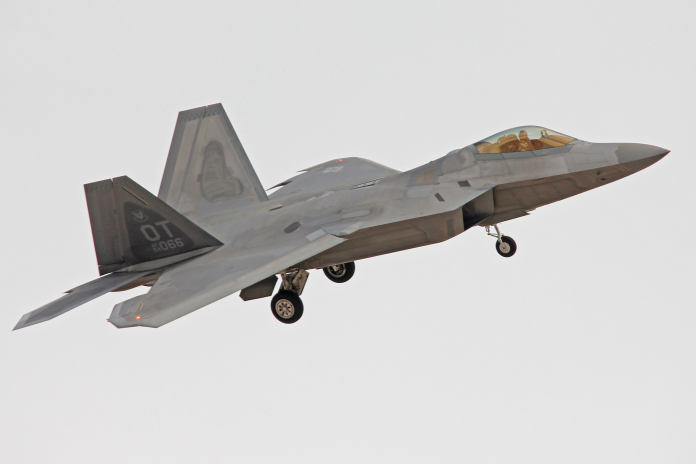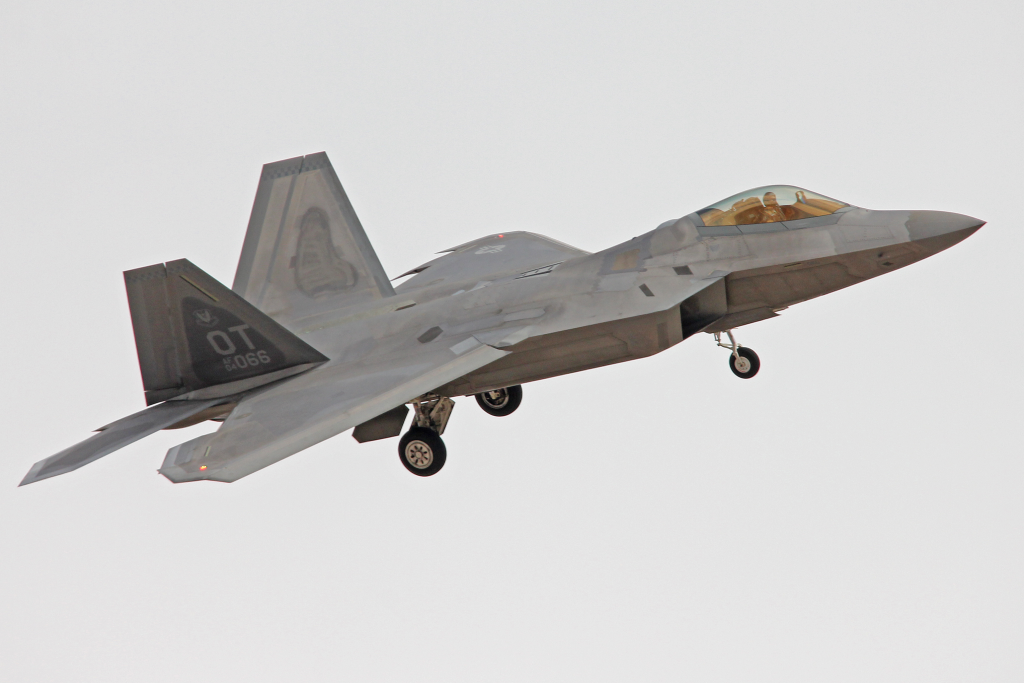
On a chilly dawn at Langley Air Force Base, the runway served as a stage for one of the most impressive demonstrations of U.S. airpower in recent history. Thirty planes 24 F-22 Raptors and six T-38 Talons rolled into close formation, their canopies shining in winter light. The “elephant walk” was not just a choreographed display it was also a stress test of speed-of-combat generation, an aircrew morale boost, and a public demonstration of the Air Force’s capability to mobilize at scale.
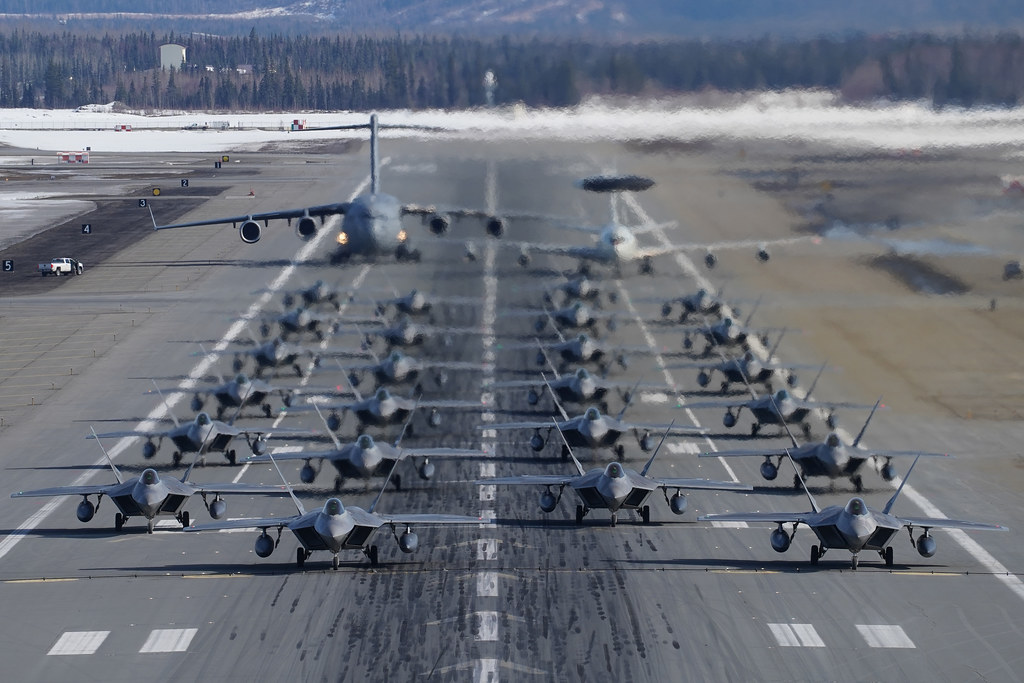
1. A Show of Force with Strategic Weight
The 1st Fighter Wing surge accounted for almost 13 percent of the entire F-22 fleet, a high percentage considering that at any given moment, only roughly half of the Air Force’s 185 Raptors are ready for mission. “This demonstration showcased the wing’s capacity to deploy forces in short order in high-stress environments,” the unit explained. The exercise broke the record for the largest F-22 elephant walk in history, emphasizing the aircraft’s key position in air dominance strategy.
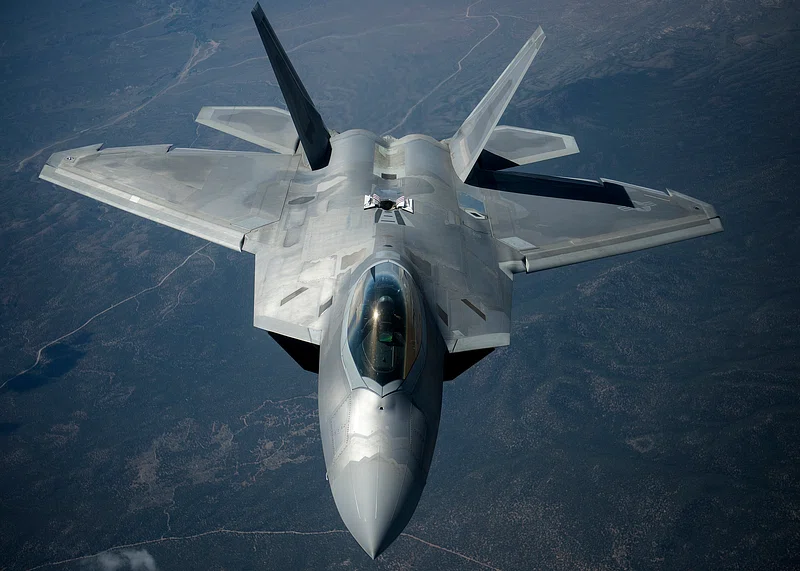
2. Stealth and Performance Engineering of the F-22
The Raptor’s design two Pratt & Whitney F119 engines, thrust vectoring nozzles, and radar cross-section reduction by faceted shapes and radar-absorbent materials is still unique in combining stealth with supercruise ability. Its AN/APG-77 AESA radar offers long-range detection, while sensor fusion gives pilots a single battlespace image. These qualities make the F-22 a powerful vehicle for deterrence and combat.
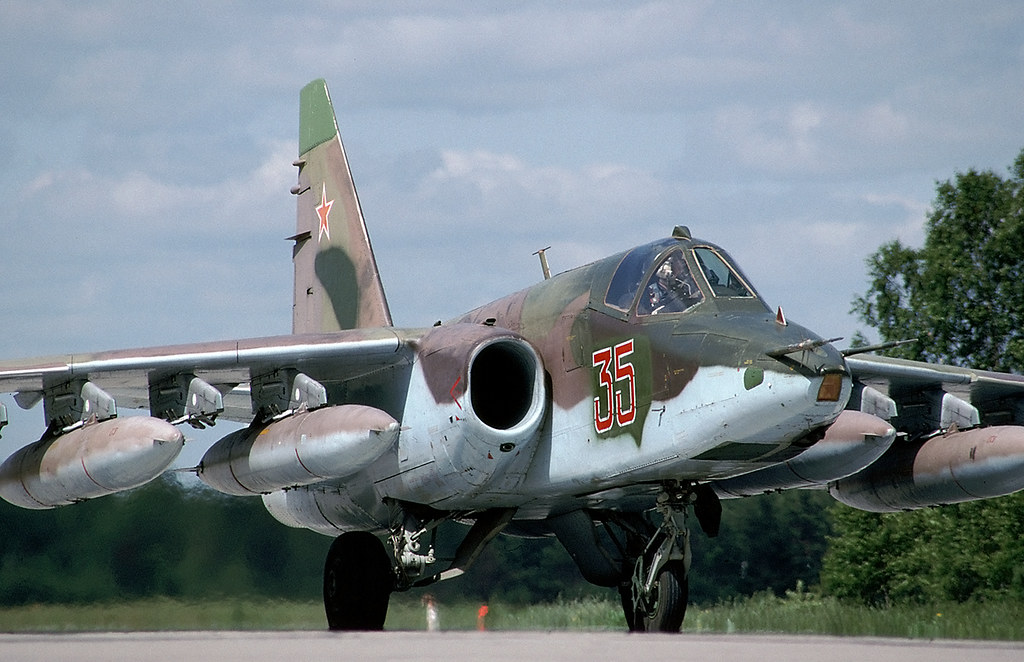
3. Stealthy Range Extension: Low Drag Tanks
Future upgrades are Low Drag Tank and Pylon systems external fuel tanks that are designed to maintain stealth while providing supersonic capability. Wind tunnel and ground tests are done, with flight certification in 2025. These tanks will give the Raptor range without sacrificing survivability, an important consideration in Pacific operations where bases and contested airspace are separated by enormous distances.
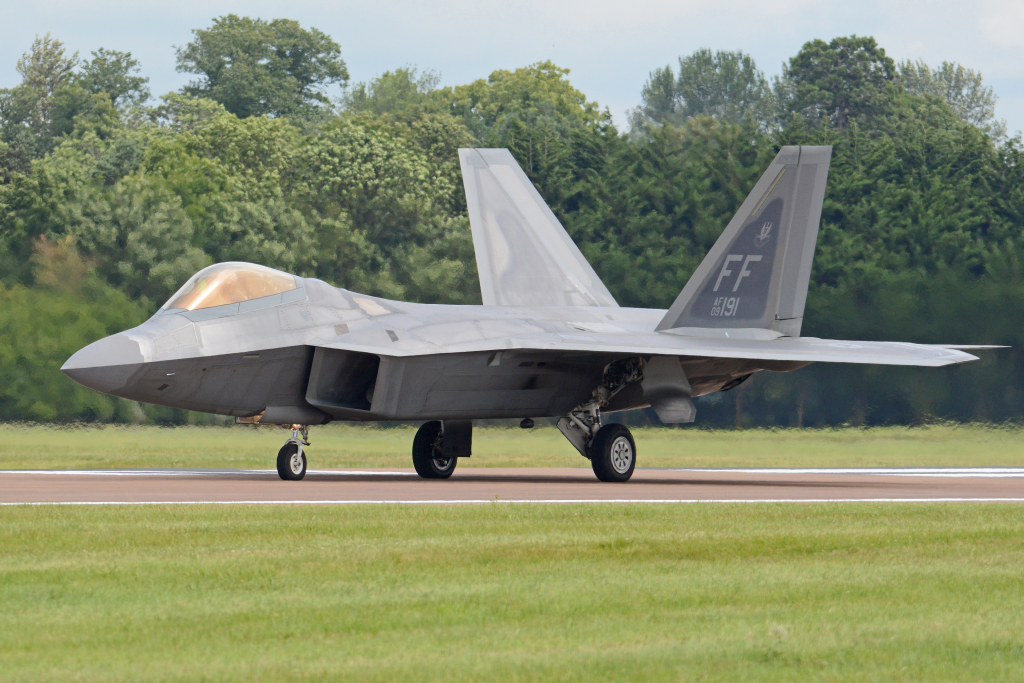
4. Infrared Search and Track: Passive Targeting Power
Lockheed Martin’s TacIRST-based Infrared Defensive System (IRDS) will equip the F-22 with a distributed passive sensor array to detect and track stealthy threats that are impervious to radar jamming. IRST senses heat emissions, so the Raptor can observe adversaries in silence. Networked aircraft carrying IRST can instantly triangulate targets, providing engagement-quality tracks even under heavy electronic warfare conditions.
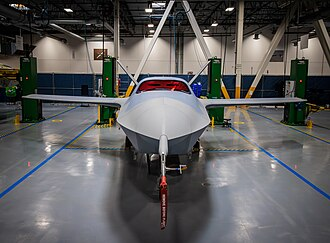
4. Loyal Wingmen: Combative Combat Aircraft Integration
The Air Force will install 142 combat-coded Raptors with tablet-control kits to control Collaborative Combat Aircraft (CCA) drones. These autonomous wingmen, including General Atomics’ YFQ-42A and Anduril’s YFQ-44A, will bear additional missiles, engage in electronic warfare, and provide reconnaissance. Pilots will be able to target drones in real time using the F-22’s secure Inter-Flight Data Link, doubling combat mass without putting additional aircrew at risk.

5. AIM-260: Shoving the Raptor’s Reach
The AIM-260 Joint Advanced Tactical Missile, which was created to counter China’s PL-15, will replace the AIM-120 AMRAAM. Meant to be housed in the internal bays of the F-22, the AIM-260 has more range and speed, enabling Raptors to attack threats before entering their own missile envelopes. Operational deployment is on the way, with flight testing already underway.
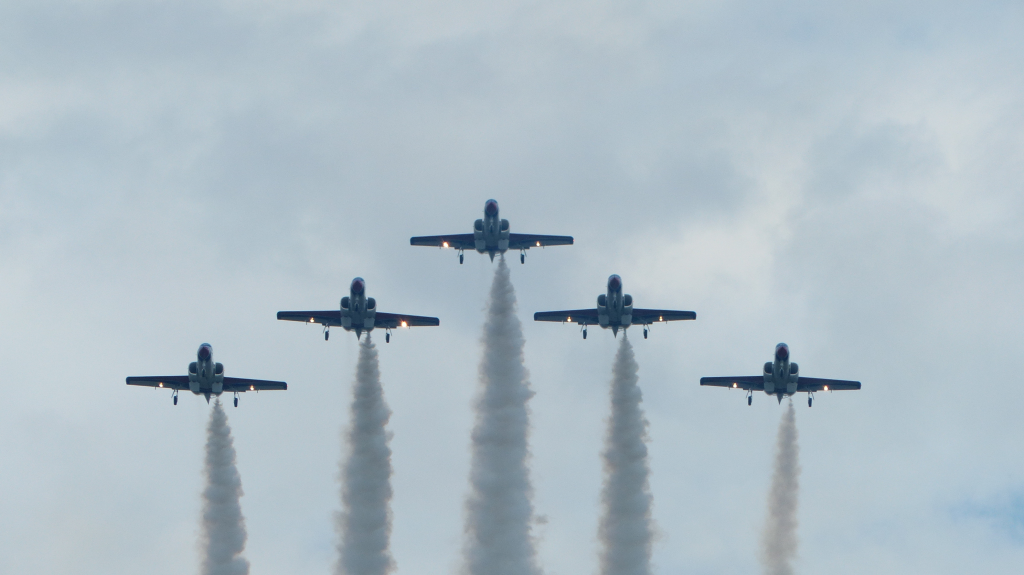
6. Morale, Cohesion, and Combat Readiness
Aside from technology, the elephant walk was also a morale-booster. Military culture research indicates that high morale fuelled by cohesion, common purpose, and faith in leadership correlates with stress resilience. Large-scale readiness activities reinforce unit identity and esprit de corps, essential in maintaining performance under extended operations. “It is morale that wins the victory,” General George C. Marshall once averred, a reflection found in the smiles of ground personnel observing their fleet taxi in synchrony.
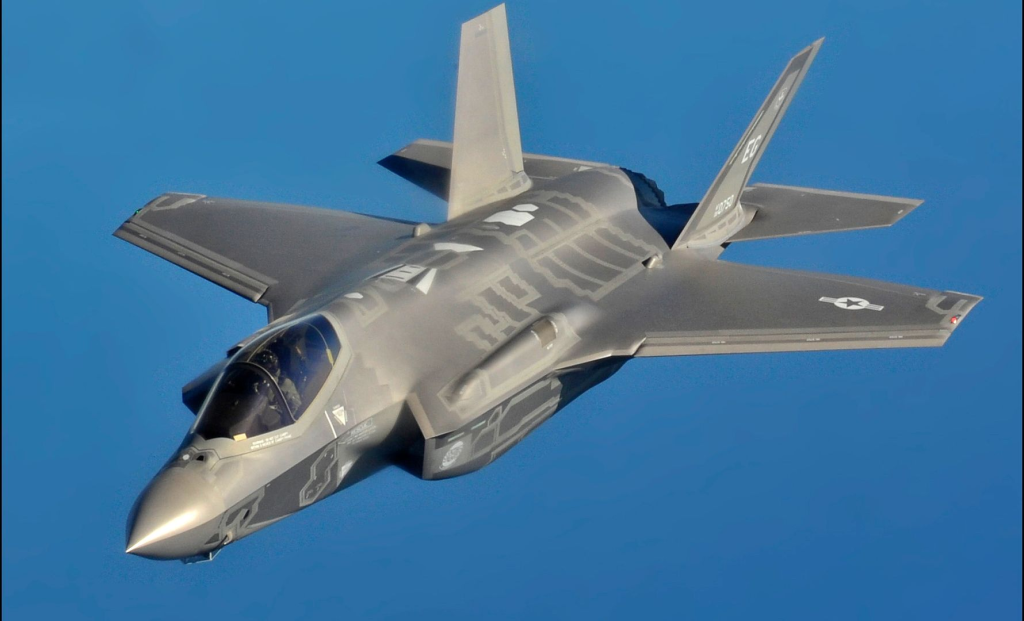
7. Context in Global Airpower Signaling
Elephant walks are now an eye language of deterrence. South Korea has massed F-16s and A-10s to signal resolve to Pyongyang; NATO solidarity has been asserted through F-35 formations in Europe. The Langley event is part of this trend, signaling capability not just to would-be enemies such as China and Russia but also to allies evaluating U.S. readiness commitments.
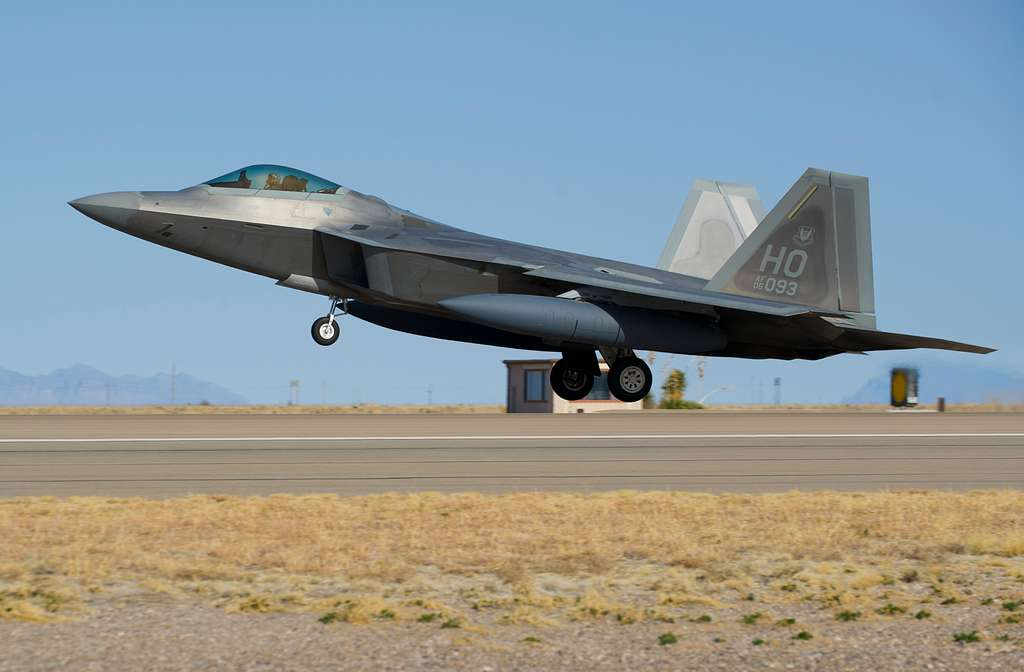
The Langley elephant walk was at once a gesture to heritage and a look toward the F-22’s new role. As new upgrades are released stealth tanks, IRST, CCA control, and advanced-generation missiles the Raptor is being remade to reign supreme in a tomorrow where speed, stealth, and networked lethality will win the skies.
